How Long Do Electric Bike Batteries Last? The Ultimate Guide to Lifespan, Maintenance, and Replacement
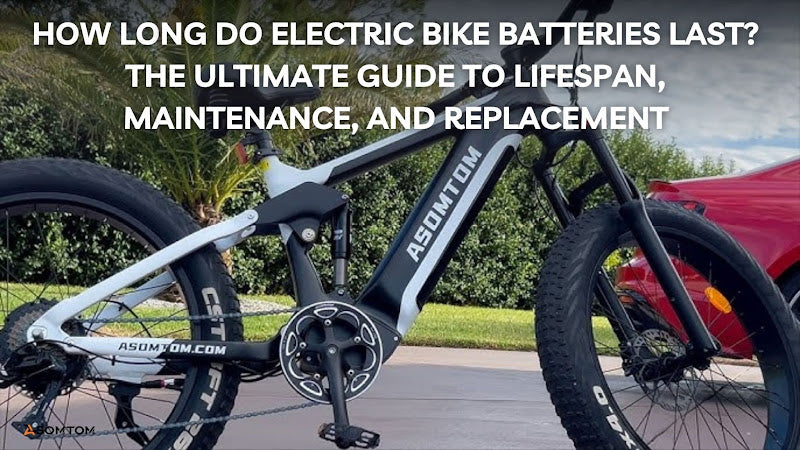
Introduction
Whether as a daily commuter or a weekend adventurer, bike riders from every walk of life have one thing in common – the curiosity regarding the lifespan of electric bike batteries working seamlessly to boost the performance of the e-bike. If you are one of those eagerly looking for answers, worry not. This guide will walk you through the intricacies surrounding the lifecycle of e-bike batteries including their lifespan, factors influencing their life, maintenance for peak efficiency, replacement options, and investment.
Understanding Electric Bike Batteries
Understanding anything related to a device begins with the core knowledge of its components. E-bikes, or electric bikes, feature batteries that can be recharged and are generally constructed using lithium-ion, nickel metal hydride, or even lead acid cells. Depending on the performance metrics, each type can vary in structure which directly correlates with its life span. Take the example of ASOMTOM’s Urban Commuter Elegance E-Bike RV3 – Lithium-ion is commonly used due to its power efficiency blend makes it a favorite for newer models. An overview of battery technology fundamentals will ensure you know effectively how it’s impacting your bike’s battery life, which translates to predicting the lifespan of electric bike batteries.
Measuring Battery Lifespan
When the range dips drastically, charging takes a longer time than usual, or the battery heats up abnormally, these indicators suggest it's time for a replacement. The life of a battery is generally quantified in charge cycles and years. The most powerful e-bike batteries, such as ASOMTOM’s Dual-battery Cargo E-Bike MAMMOTH and Full-Suspension Flat Tire SR6, offer between 500 to 1,000 complete charge cycles. This usually equates to 3 to 5 years of periodic use. However, factors such as riding conditions and charging habits are also of great importance.
Main Factors That Affect Battery Longevity
Whether it’s “How long do e-bike batteries last?” the answer remains elusive until considering critical factors like conditions. Rapid riding, charging, and steep inclines are common aggressive factors that can shorten battery longevity over time. The depth of discharge (the amount consumed before recharging) is crucial too. The same goes for shallow usage patterns referred to as discharges. Extreme temperatures — hot, cold, and humid — can influence the life of the battery cells as well. Weather-resistant models like ASOMTOM’s All-Terrain Adventure Explorer Q7 utilize robust constructions that benefit from intense durability, making those conditions a breeze.
Warning Signs of Battery Wear
As you use your e-bike, there are irregular changes you may notice that suggest the battery is aging. The most common signs include a decrease in the overall range as well as charging time. This could mean there’s an issue with internal cell breakdown. Other issues to look out for include abnormal overheating while using or charging the bike, system malfunctions, and errors on the dashboard. Consider the following example: Check your battery health if your Step-through Adventure Explorer E300 isn’t lasting as long as it used to on a single charge. Recognizing these signs early can avoid getting stranded or damaging your bike.
Best Practices to Extend Battery Life
Want to maximize the lifespan of electric bike batteries? Alter your charging behavior first. Try not to constantly charge or discharge fully. Keeping the charge level between 20-80% is ideal. If you like the High-Capacity Durable E-Trike WHALE and intend to store your e-bike for winter, remove the battery and ensure it’s dormant—then store the battery in a cool, dry place, ideally partially charged. Your riding style also matters: aggressive acceleration and heavy loads drain power faster. Smart chargers, advanced battery maintenance, and regular bike cleanings can also help save the battery’s longevity.
Charging Tips and Myths
There is a lot of uncertainty about charging; for example, whether it is better to charge after every ride or if leaving an e-bike plugged in overnight is harmful. With ASOMTOM e-bikes, the batteries are rarely overcharged because of high-quality battery management systems. Regardless, utilizing fast charging or topping off the batteries too often does reduce electric bike batteries lifespan. In the long term, having firmer guidelines for charging and avoiding frequent large drains will enhance battery longevity.
When to Replace an E-Bike Battery
Eventually, even the most well-kept batteries wear out. You may experience your range plunging, the bike having a difficult time climbing hills, or it simply not holding charge anymore. This is the moment many riders start questioning, “How long do batteries last on electric bikes before replacement?” Generally, 3 to 5 years—sometimes longer with premium ones like ASOMTOM’s SR6 or MAMMOTH. When recharging doesn’t meaningfully lift your charge, that is when you start needing to invest in a new battery.
Buying a Replacement Battery
While looking for battery upgrade options, keeping the voltage and capacity of the bike is pivotal alongside its original specifications. It is best to go for an OEM battery if safety and reliability with forward-thinking brands like ASOMTOM is a concern. Regardless, consider quality aftermarket options as well. Be it upgrading your Urban Commuter RV3 or changing the battery from your Explorer Q7, consider the chemistry of the battery, the range, and reputable brands aimed at maximizing value with the next power pack for better overall output.
Cost of Replacing a Battery
Typically, prices fluctuate between $300 to $900 depending on the brand and capacity. The bikes from ASOMTOM tend to have dual-battery systems like the MAMMOTH which, although high in price, provide unparalleled lifespan. Additional costs such as window fees for shipping or installation might also be a concern. If you ride frequently, enhancing to a more powerful battery with a greater watt-hour rating can significantly impact performance over the long run.
Battery Recycling and Disposal
Just like any battery, e-bike batteries contain hazardous materials which makes it illegal to simply throw them away. When the battery is no longer useful, look for a licensed recycling facility. Most regions offer e-waste drop-off facilities or have a battery return program. ASOMTOM and other companies advocate for responsible handling of battery resources, as many municipalities and bike shops offer resourceful recycling options in your area. Proper battery disposal prevents toxic waste from corrupting landfills and contributes towards a sustainable e-bike industry.
How Battery Life Differs by E-Bike Type
Depending on the style of the e-bike, battery life can differ greatly. The RV3 commuter bike requires less power, while rugged models like the SR6 fat tire or Explorer Q7 tend to use more. These cargo and delivery bikes, along with the MAMMOTH, usually come equipped with dual batteries to support heavy loads over longer distances.
Looking Ahead: The Future of E-Bike Batteries
With advances like solid-state and graphene batteries, the future for e-bike batteries looks highly promising. These materials are meant to enhance the lifespan of electric bike batteries, increase safety, and decrease charging time. Also, swappable battery systems that let riders replace batteries mid-ride are being developed. Being ASOMTOM e-bike users, we expect that their innovation-focused business will equip their bikes with environmentally sustainable technologies and smarter, range-extending charging systems.
Summary and Final Thoughts
Let’s summarize. How long does the battery of an electric bike last? Roughly about 3 to 5 years or 500 – 1,000 charge cycles, but factors that influence the longevity of the battery include riding habits, riding location, charging methods, and bike brand. To maximize e-bike value, properly maintaining the battery, receiving ASOMTOM’s durable bikes, and staying informed ensure optimal value for an e-bike investment.
Please have a look - https://www.asomtom.com/collections/shop-electric-bikes
FAQs
-
How many years will my electric bike battery last?
E-bike batteries from quality brands last 3 to 5 years, with average cycles and maintenance of charged cycles. Tough-use conditions may reduce lifespan. Higher-end brands may last longer. -
Can I make my battery last longer by charging differently?
Yes, charging to 80% and avoiding full discharges help extend battery lifespan. Leaving charges for long periods, at extreme temperatures, or fully charged has the opposite effect. -
How much does it cost to replace an electric bike battery?
Replacement costs typically range from $300 to $900, depending on brand, battery capacity, and whether it’s OEM or aftermarket. -
What’s the average range per charge?
Depending on terrain, rider weight, speed, and assist level, most e-bike batteries provide a range of 25 to 70 miles per charge. -
Are expensive batteries better?
For the most part, yes. More expensive batteries tend to have better construction, more dependable cells, longer operational lifetime, and sophisticated management systems to avert overcharging or overheating. -
Is it bad to leave my battery plugged in overnight?
Sometimes, no. But consistently leaving it plugged overnight can damage lifespan over time, unless your charger possesses automatic shut-off protection.
- How do I know when it’s time to replace my battery?
If your range significantly decreases, the charging duration increases or the battery excessively heats up, it’s probably time to think of a replacement.

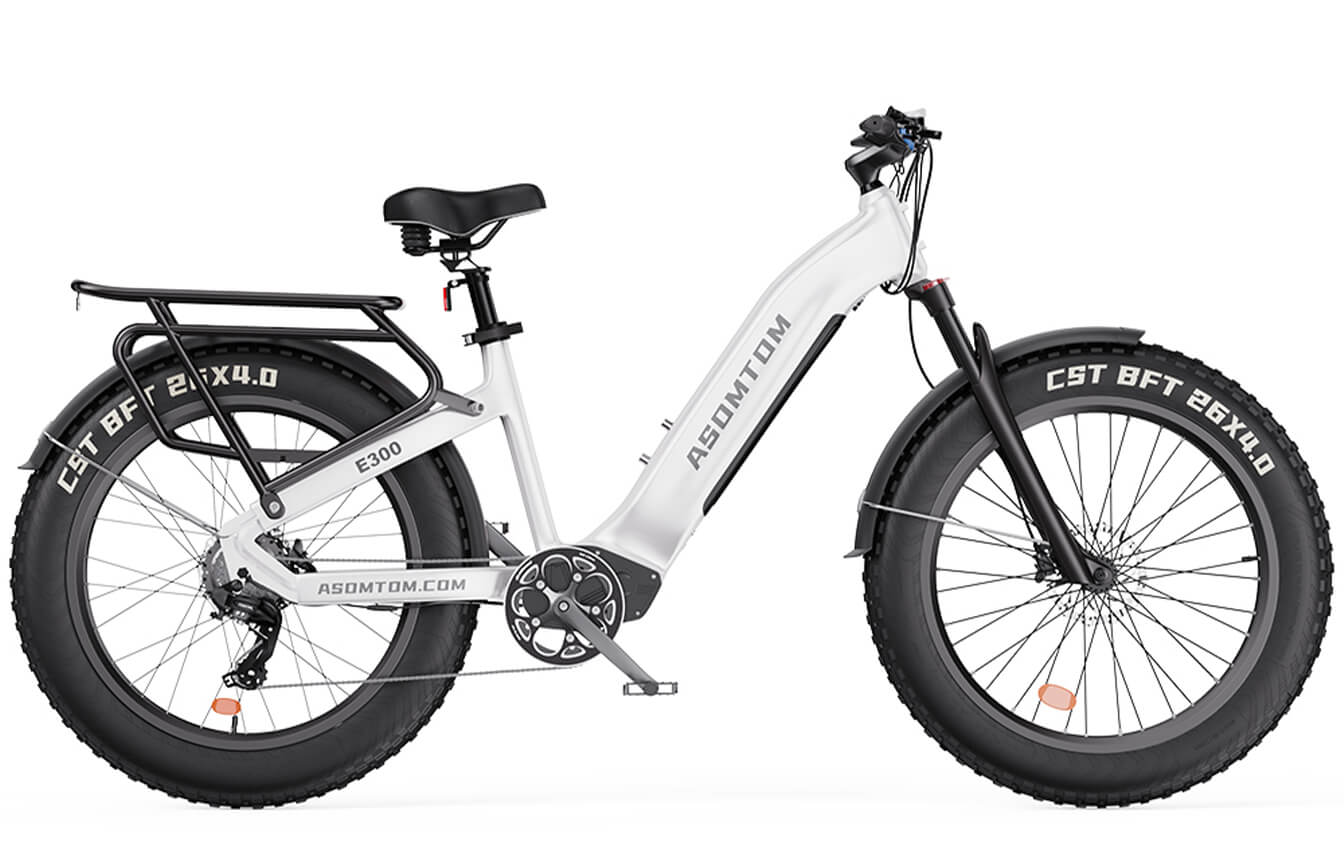
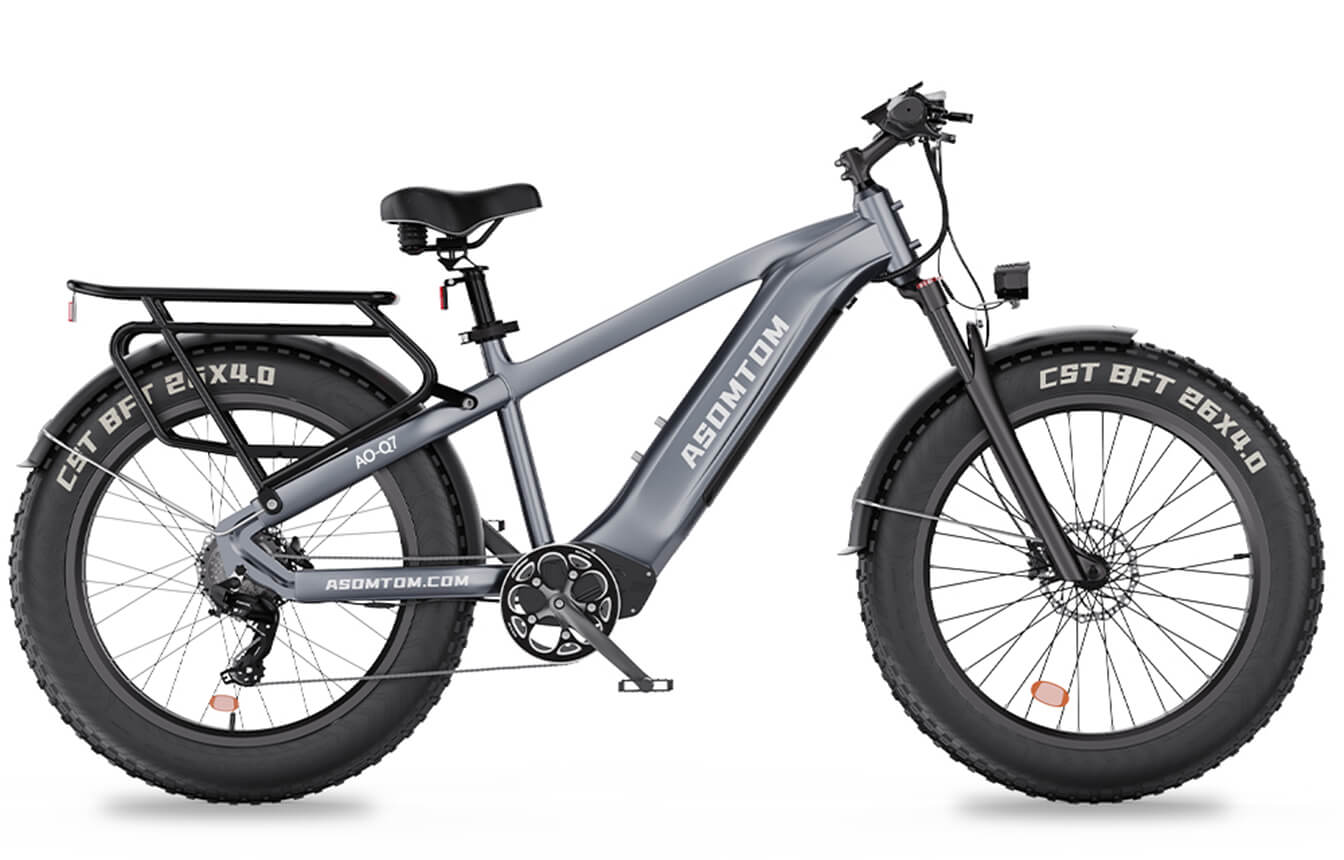
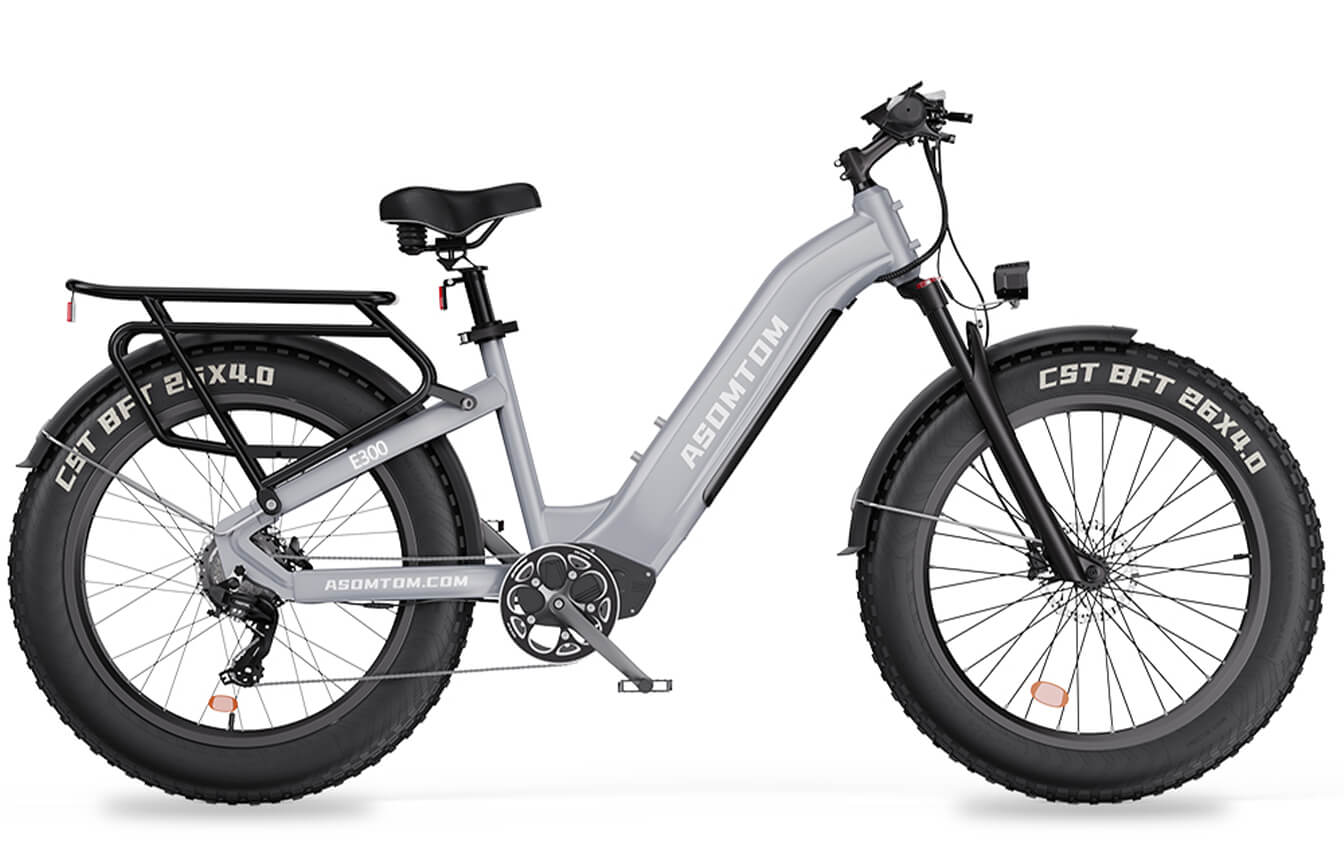










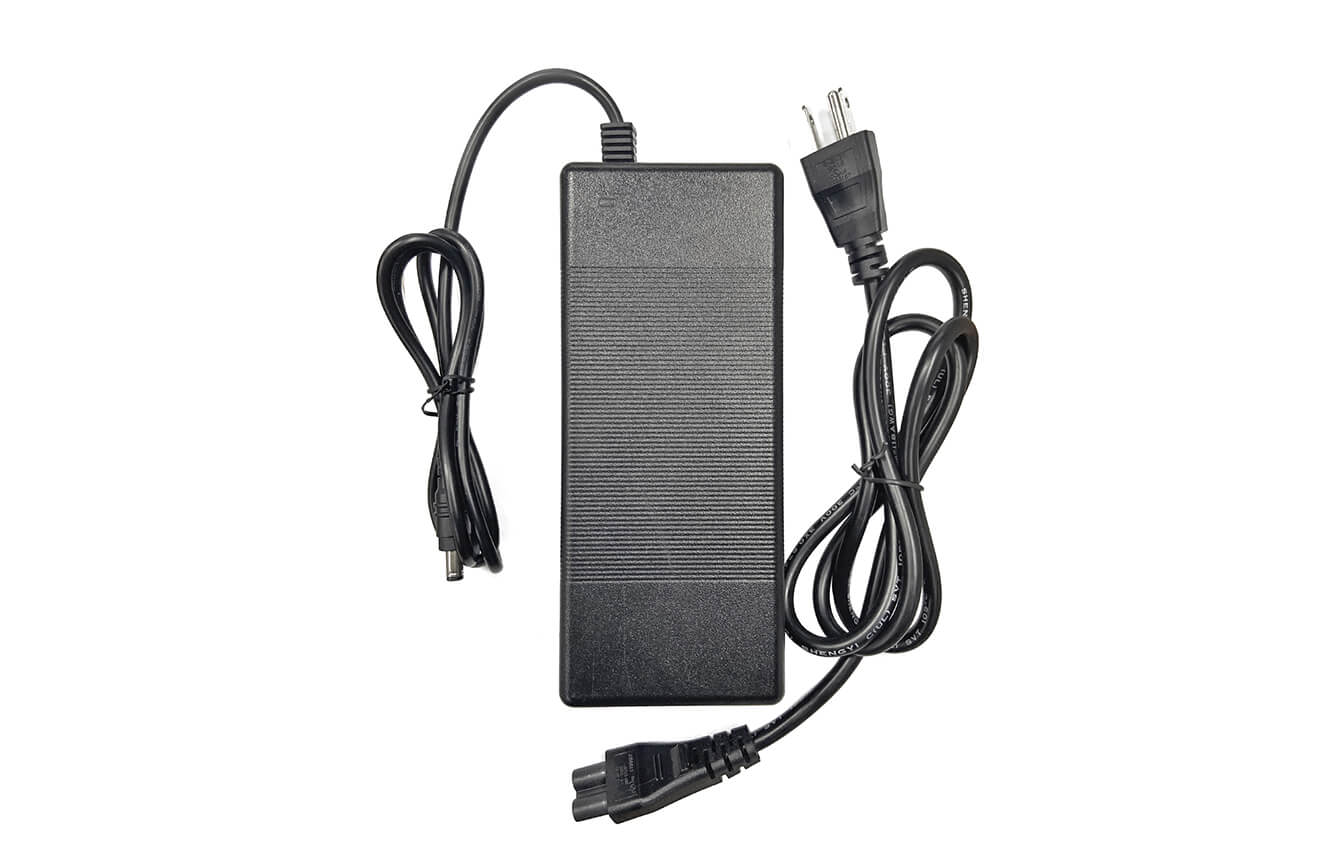








Leave a comment